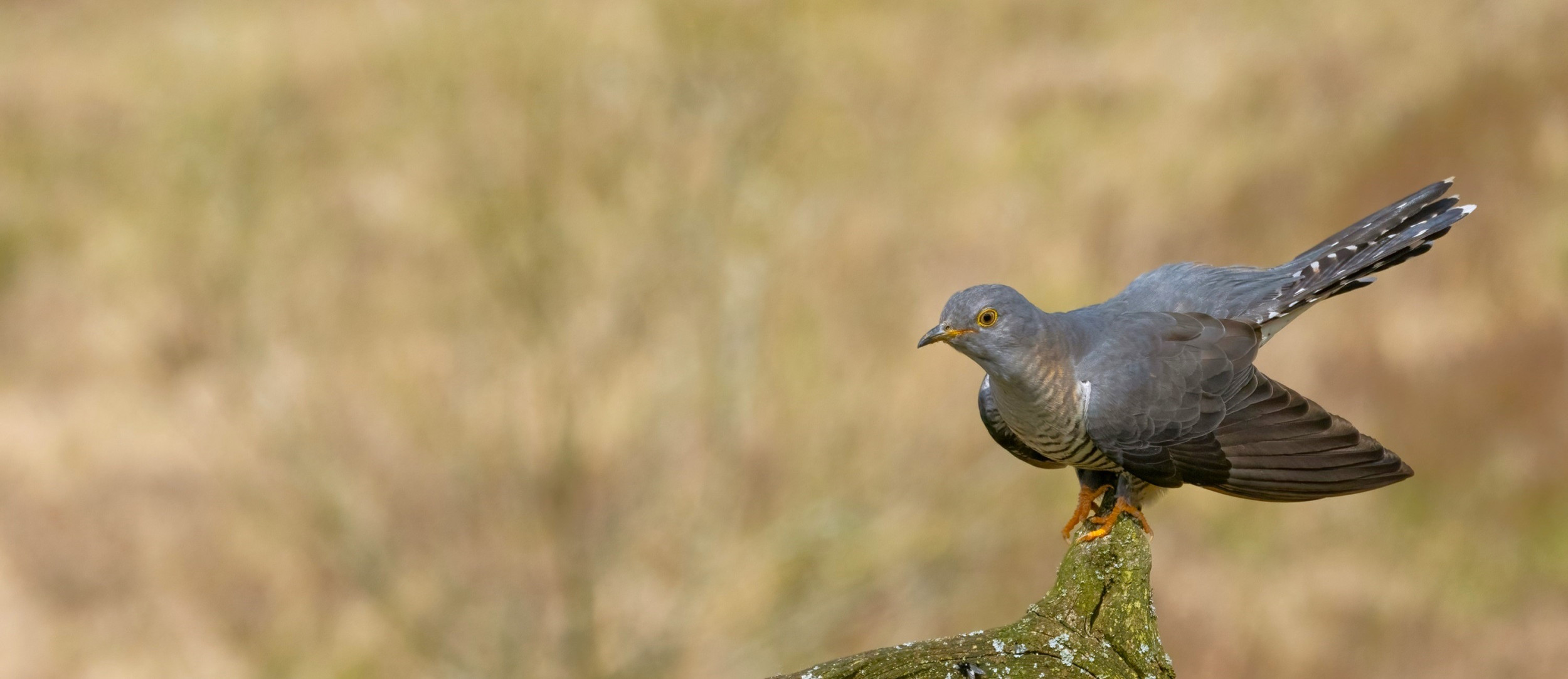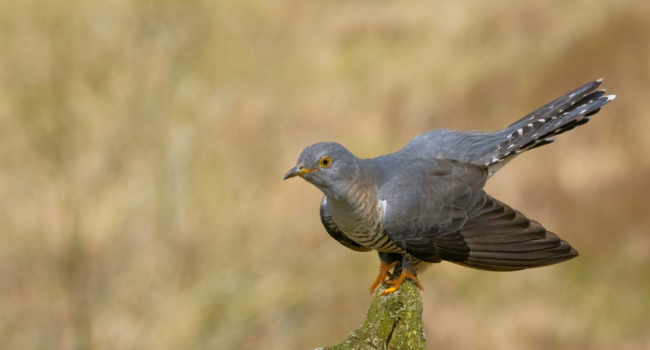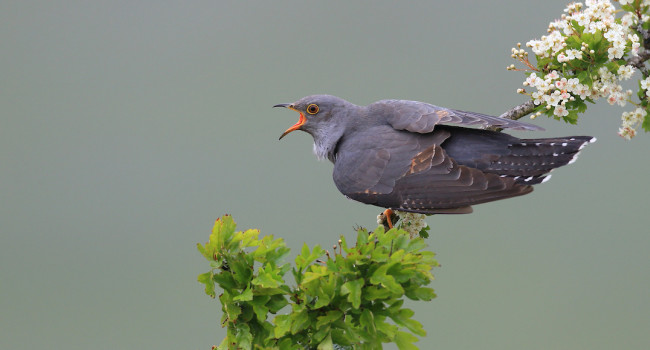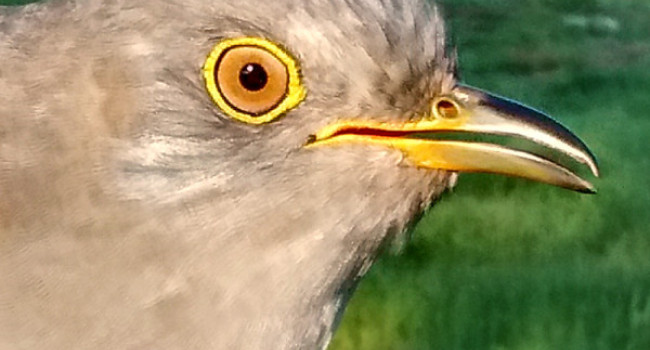One week after apparently settling in Burkina Faso, Clement had been on the move again and popped up in Togo! On Friday 19 August we received a series of positions for him just inside the extreme north of Togo, close to the border with Benin. By yesterday evening (Sunday 21 August), however, he had continued his journey to the east and was in western Nigeria, having travelled 500km (312 miles) ESE since Friday and 1025km (640 miles) almost due east since Wednesday.
Clement is now our most southerly Cuckoo, having reached 9.5 degrees N. His rapid easterly movement over the past two weeks mean that the four Cuckoos that have crossed the Sahara are now separated by about 1,500km, compared to the 3,500km soon after they had crossed the desert. It is fascinating that they have taken quite different routes to end up in very similar positions!






Share this page